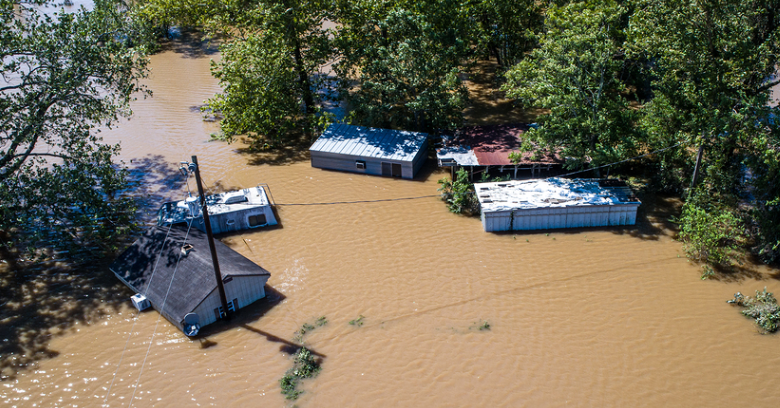
Home owners insurance is a staple that any person who owns a house needs to protect their dwelling and its contents. Yet what many homeowners may not realize is there are limitations on what property is actually covered by home insurance. In particular, this applies to antiques and other items of high value. To ensure that prized possessions such as antiques are covered by home owners insurance, people must understand the limits of their policy and if necessary, purchase the right supplemental home insurance. In doing so, there will be no surprises should a loss occur.
Know Policy Limits for Personal Possessions
When a homeowner experiences some kind of covered loss due to damage or theft, it is nice to know that home owners insurance is in place to cover that loss and replace or reimburse any personal property. Sadly, many homeowners either do not understand the coverage limitations and exclusions set in their policies, or they do not carry enough coverage that will pay for all of their belongings.
Antiques frequently fall into this category, since they can be worth a good deal of money. If insurance coverage is not high enough, or these items are not specifically covered, a person may end up unable to claim some of their property. To avoid problems such as these, it is essential for homeowners to understand all exclusions and coverage amounts for different perils and know the value of their items to ensure they purchase appropriate coverage.
Get the Right Insurance Policy to Cover Antiques
Most home insurance policies do not provide automatic coverage for expensive or irreplaceable items like art, antiques, jewelry, and other expensive possessions. Covering these items typically requires the purchase of insurance riders. Some companies may not offer riders such as these for certain types of property, like antiques. Others will insure antiques and even provide risk management information to help antique owners keep their valuable possessions safe and in the best condition.
Ensure Antiques Are Properly Valued and Inventoried
Properly insuring valuable antiques does require more than simply purchasing a rider. For owners to know that items are appropriately covered and their actual worth can be recovered in the event of a loss, detailed information about the items being insured must be provided. Antiques should be professionally appraised. The appraisal values, as well as a complete inventory of all items to be covered by the additional policy or rider, should be submitted to the home owners insurance company so that appropriate coverage can be written. Like any standard home insurance policy, an antiques rider will have its limitations; so appraisal value and a list of covered items is important to prevent claim problems should a loss occur.
Coverage of antiques should be regularly reviewed to be sure items remain properly protected. Items that are bought or sold should be added or removed from the policy so the policy always reflects the property being covered. It is also a good idea to review coverage amounts and compare them to the value of items that are likely to appreciate as the years go by. This will ensure the policy continues to provide enough coverage.
Whether they are a family heirloom or a prized collection, antique items can be very valuable. The loss of these items by itself can be devastating; however, when home insurance will not cover them, the loss is twice as costly. With the appropriate home owners insurance policy, antiques and other valuables can be protected against loss. To learn more about protecting antiques and other costly valuables, speak to an experienced home owners insurance agent today!
Need Home Owners Insurance In College Station TX?
Service Insurance Group Offers Home Insurance Policies!
Call One Of Their Locations:
College Station - 979-300-7345
Texarkana - 979-300-7345
Additional Articles:
Contractors - Why You Need Builders Risk Insurance!
Comparing Master Contractor and Builders Risk Policies!
Texas Builders Risk Insurance - Covering Spring Storms!
Lightning Safety - Are You Ready For Spring Storm Season?
Construction Risk Insurance - What Your Company Needs to Know!




